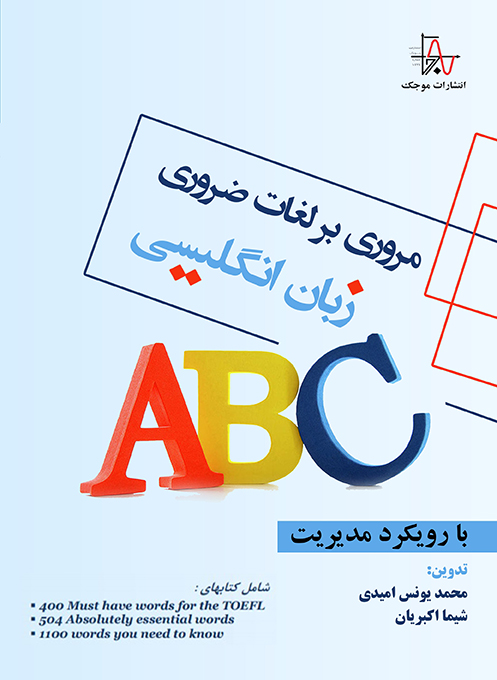ناشر : انتشارات موجک
کد کتاب : M781
عنوان : تجارت الکترونیک در ایران
تالیف : فرشته شفیعی شیب ده
مشخصات ظاهری : ۱۱۹ صفحه، قطع وزیری
چاپ اول : بهار ۱۴۰۱، تيراژ : ۵۰۰ جلد
قيمت : ۲۰۰۰۰۰۰ ريال، شابک : ۸-۴۵۳-۹۹۴-۶۰۰-۹۷۸
حقوق چاپ و نشر برای ناشر محفوظ است.
————————————————————————————————————————————————————————————————————————–






نقد و بررسیها
هیچ دیدگاهی برای این محصول نوشته نشده است.